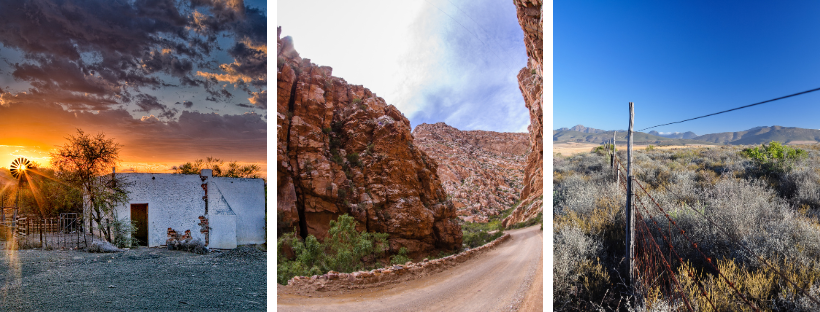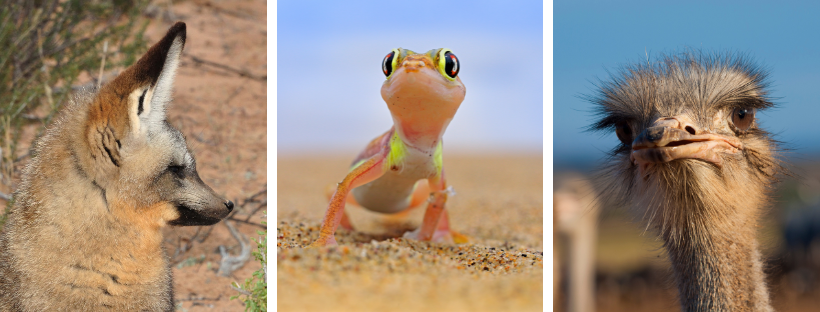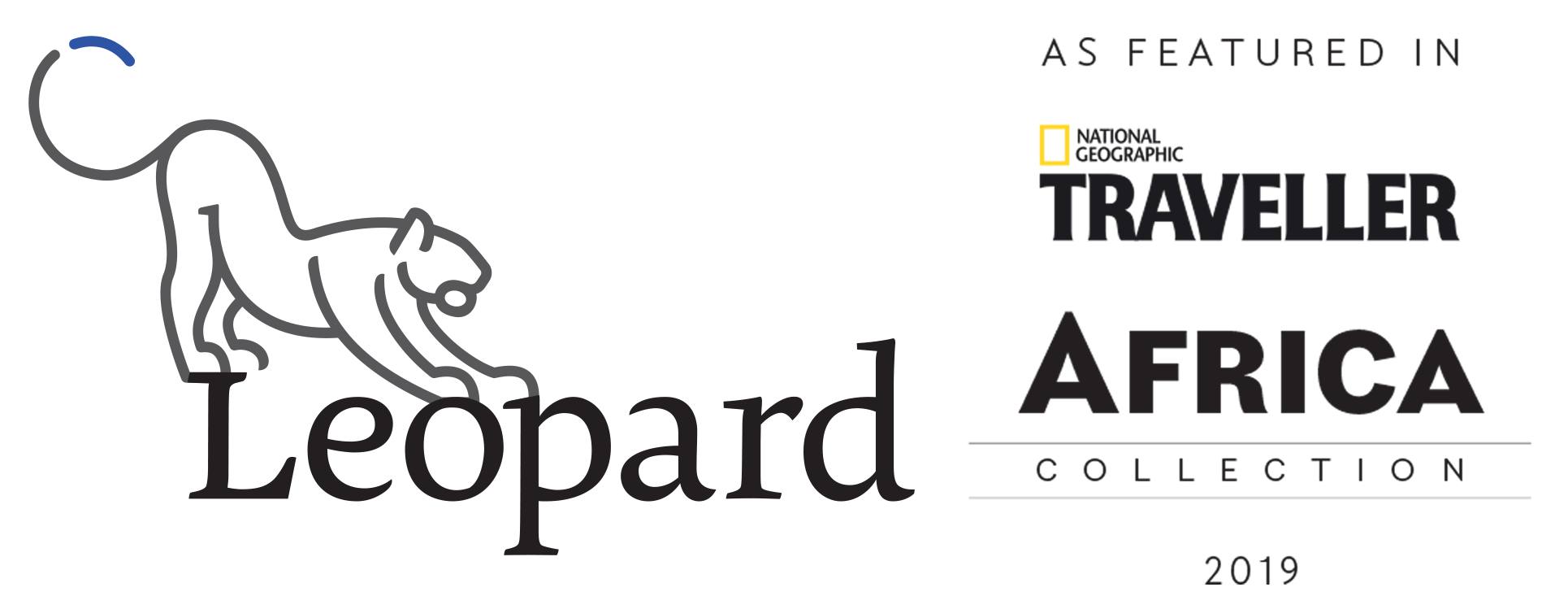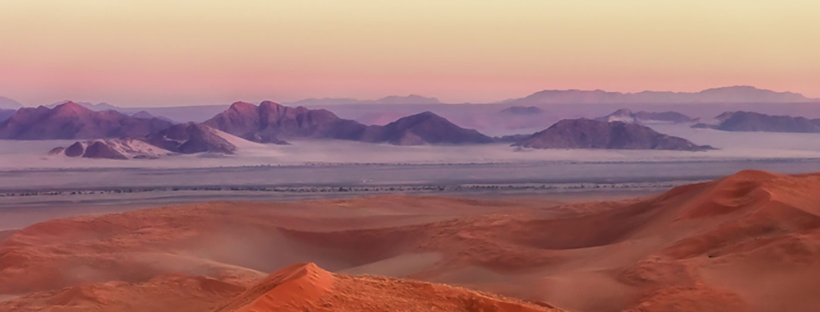5 reasons not to miss Southern Africa’s desert regions
While tropical beaches, grassy plains and cool lush forests all have their appeal, deserts hold a special allure. Vast blue skies stretch in all directions, uninterrupted by highrises or smog or canopies of vegetation that block the sun. These regions also harbour unique plants, animals and a variety of landscapes from tall sandy dunes to scrub-covered hills or dramatic rock formations.
Here are just a few of the reasons to visit Southern Africa’s magnificent desert regions:
1. Sunshine and hospitality
Big blue skies that stretch for as far as the eye can see are one of the many drawcards of desert and semi-desert regions. You can escape overcast weather, rain and extreme humidity and revel in the dry air, dipping into lodge swimming pools or experiencing the warm breeze wafting over your face on an open-air game drive. There’s freedom from the crush of people and you can get off the grid if you choose.
Some experiences worth trying include a hot air balloon trip over the dramatic red dunes of Sossusvlei, in Namibia (which we highly recommend), or you could even learn to paraglide in the semi-desert region of De Aar, in South Africa’s Northern Cape. “Here, heat rising from the desert creates massive currents of warm air that keep human fliers aloft, and indeed paragliders have established many of the world’s long-distance records here,” according to National Geographic.
While there are cities in deserts, such as Las Vegas and Dubai, Southern Africa’s desert regions are sparsely populated. The towns and small settlements often have quaint eateries and hospitable people, happy to host or lend a hand to a visitor. South Africa’s Karoo region is also famous for its delicious lamb which feeds on the area’s unique fynbos scrub and can be found on menus along with other typically South African cuisine.

2. Stargazing
The desert and semi-desert regions of Southern Africa offer some of the clearest and darkest night skies, making them ideal for stargazing. Roam Private Game Reserve, which lies between the small town of Prince Albert and Beaufort West in South Africa’s Karoo region, is an ideal location to experience breathtaking night views of the Milky Way. About 300 kilometres away, also in the heart of the Karoo, you’ll find Sutherland, one of the world’s primary stargazing destinations. The South African Astronomical Observatory (SAAO) is situated here and the observatory is home to the Southern African Large Telescope (SALT). This is among the 10 largest telescopes in the world. Here you can enjoy both informative tours during the day and stargazing tours at night.
Namibiaʼs NamibRand Nature Reserve is situated in one of the darkest (yet accessible) places on Earth and has been named an International Dark Sky Reserve. However, star gazing opportunities abound in Namibia, which has a low population and little light pollution. Besides the NamibRand, Damarland and the Gamsberg Nature Reserve provide excellent stargazing.

3. Carpets of wildflowers
Namaqualand, in South Africa’s Northern Cape Province, is famous for its annual wildflower blooms during spring. The landscape erupts into a carpet of vibrant colours with the star of the show being the endemic Namaqualand daisies, which have adapted to thrive in the harsh climatic conditions.
This natural phenomenon takes place during August and September and draws everyone from professional photographers, young Instagram influencers, aspiring botanists, regular tourists, as well as senior citizens. Arguably, the best place to experience the wildflower blooms is in the Namaqua National Park, which has the highest concentration of bulb flora of any arid region on Earth with more than 1,000 types of endemic species and a total of 3,500 plant species. Nieuwoudtville’s Papkuilsfontein Flower Route, Nieuwoudtville Flower Reserve and Goegap Nature Reserve are also excellent places to see masses of flowers. Beautiful blooms can also be found further south, along the Western Cape’s coastline, for instance in the West Coast National Park and the Cederberg region.
4. Unique and interesting wildlife
Despite the arid conditions, deserts are home to a surprising array of wildlife. And while we wouldn’t recommend a desert for a first-time safari goer (who would more likely appreciate experiencing an area like Kruger National Park or Ngorongoro Crater where you will see more animals and have a higher chance of seeing the Big 5), experiencing wildlife in a desert region is special.
There are a variety of species such as the straight-horned gemsbok (oryx) springbuck, giraffe, zebra, ostriches, meerkats, and even the elusive desert-adapted elephants and rhinos in Namibia’s Damaraland. Cheetah, leopard, hyena and desert-adapted lions also roam Namibia’s deserts. The Kgalagadi Transfrontier Park (which straddles South Africa, Namibia and Botswana) is also home to these animals, as well as raptors.

5. Geological marvels and rock art
The stark, semi-desert regions unveil geological wonderlands. You can discover unique rock formations, ancient fossil sites and impressive canyons, such as Namibia’s Fish River Canyon – the world’s second-largest canyon after the Grand Canyon. There are also lesser-known gorges like Oorlogskloof in the Northern Cape, which is a popular hiking destination.
South Africa’s dry Northern Cape, the Cederberg mountains in the Western Cape and Namibia’s Damaraland are also renowned for their ancient rock art sites. Bushman’s Kloof Wilderness Reserve (part of the Red Carnation Hotel Collection), in the Cederberg, was proclaimed a South African National Heritage Site, protecting more than 130 unique rock art sites. In Namibia, you can book a guided tour of the UNESCO World Heritage Site at Twyvelfontein, famous for its rock paintings and rock engravings (petroglyphs). Rockart can also be found scattered throughout South Africa’s Northern and Western Cape (as well as other parts of the country) and these sites provide a fascinating glimpse into the rich cultural heritage and artistic expressions of the indigenous people who once inhabited the area.
Happy travelling,
The Leopard Team
P.S. For more info on visiting the Namaqualand flowers, read our previous newsletter here. Or read one of our most popular newsletters about the ancient Welwitschia mirabilis, found only in the Namib desert.
Sign up for more newsletters like this here: https://mailchi.mp/2e4afa50d15f/leopard


